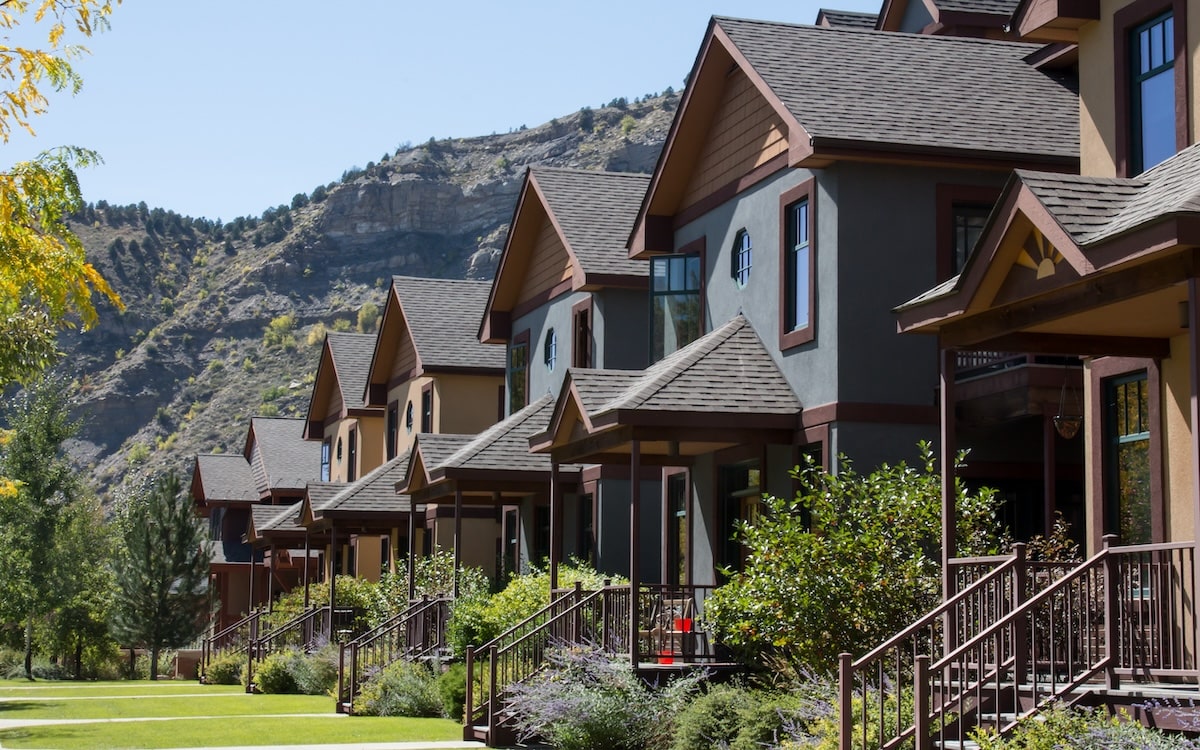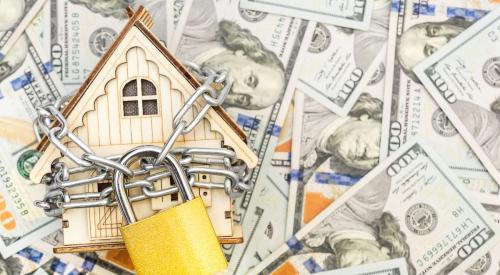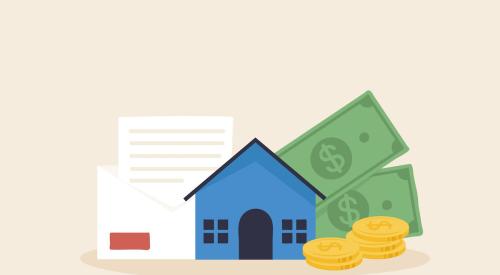With rising mortgage rates, the U.S. housing market faces a mortgage rate lock-in effect, where homeowners are reluctant to sell their current home with its lower interest rate and buy a new home with today's higher rates. According to housing market data tracker Realtor.com, while this effect is prevalent across the nation, the lock-in gap—that is, the average mortgage interest rate homeowners are currently paying subtracted from the rate available to them for buying another property—varies largely by state. Nationally, the gap averages 3.15 percentage points, leading to a $618 monthly payment increase for new mortgages. Colorado has the widest gap, with homeowners expected to see their mortgage rates rise by 3.45 percentage points should they opt to sell and purchase a new home. In comparison, Texas homeowners have the smallest lock-in gap, with just 2.55 percentage points between rates on new and existing mortgages.
In states with high housing costs, homeowners’ mortgage payments could go up by more than $1,000 per month if they sold and then bought at current mortgage rates.
The study found that homeowners in Hawaii would see their average monthly payments go up the most, by $1,591. California homeowners would see their average monthly payments spike by $1,470.













